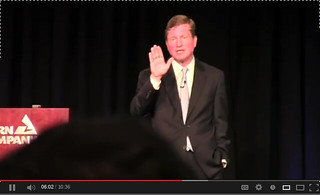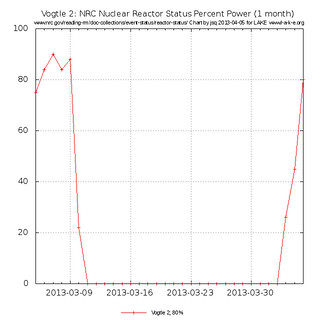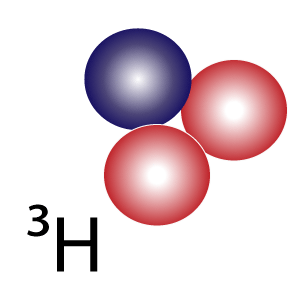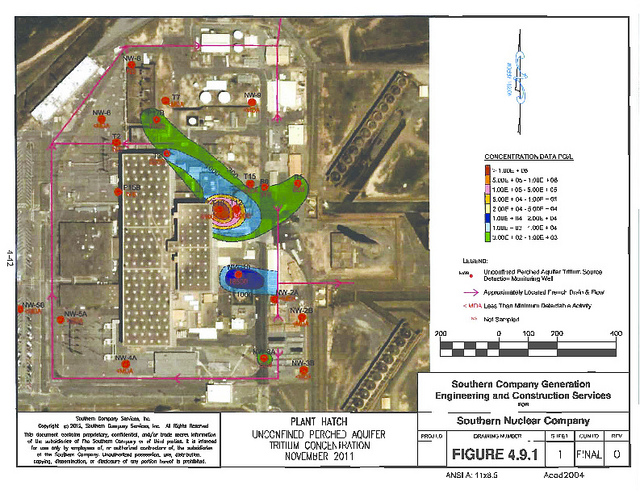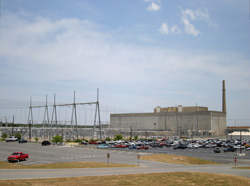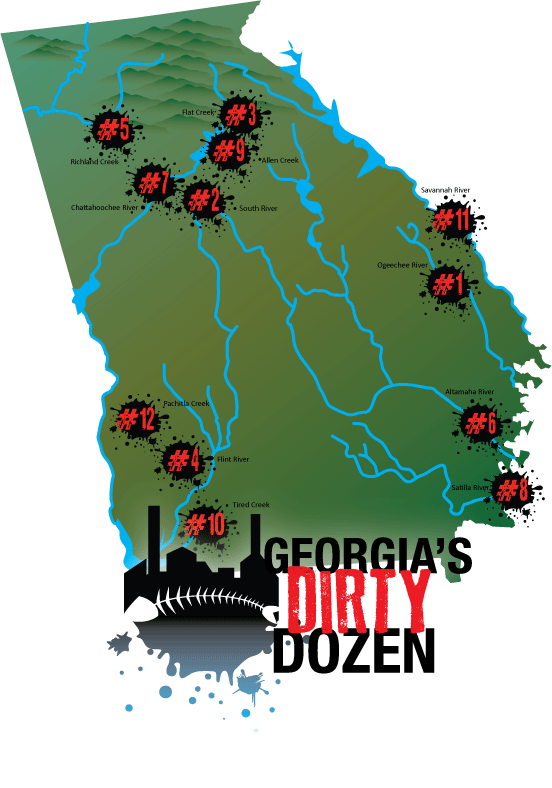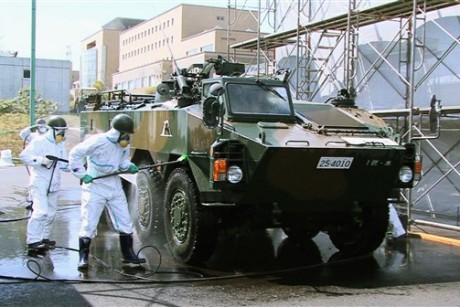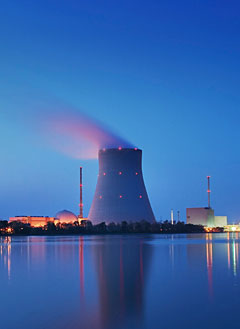Nuclear reactor Farley 1,
about 125 miles from here tripped off its Reactor Coolant Pump Buses yesterday.
 They plan to get around to informing the press about it real soon now;
they didn’t even tell the NRC until today.
Maybe somebody would like to call Farley and ask what’s going on?
“The Farley plant resident inspectors can be reached by calling 334-899-3386.”
Maybe ask them what caused
all those other downtimes at Farley over the years; maybe also about Browns Ferry and Hatch,
where new Resident Inspector Phillip Niebaum previously worked.
Southern Company CEO Thomas A. Fanning
asked us to look at SO’s safety record.
They plan to get around to informing the press about it real soon now;
they didn’t even tell the NRC until today.
Maybe somebody would like to call Farley and ask what’s going on?
“The Farley plant resident inspectors can be reached by calling 334-899-3386.”
Maybe ask them what caused
all those other downtimes at Farley over the years; maybe also about Browns Ferry and Hatch,
where new Resident Inspector Phillip Niebaum previously worked.
Southern Company CEO Thomas A. Fanning
asked us to look at SO’s safety record.
NRC Current Event Notification Report for June 12, 2013,
Event Number: 49106:
Notification Date: 06/12/2013
Notification Time: 01:33 [ET]
Event Date: 06/11/2013
Event Time: 21:05 [CDT]UNIT 1 AUTOMATIC REACTOR TRIP DUE TO THE LOSS OF A START-UP TRANSFORMER
“This is a report of an automatic RPS actuation and automatic ESF actuation per 10CFR50.72(b)(2)(iv)(B) and 10CFR50.72(b)(3)(iv)(A). Additionally, this is to report intentions for a press release per 10CFR50.72(b)(2)(xi).
“At 2105 CDT on 6/11/13, Farley Unit 1 experienced an automatic reactor trip from 100% power. The initiating event was the loss of the 1B Start up Transformer which resulted in de-energization of the B-Train ESF 4KV buses and the 1B and 1C Reactor Coolant Pump Buses. The 1B Emergency Diesel Generator auto started and tied to the B-Train 4KV Emergency buses.
“Both MDAFW Continue reading




